Bucharest’s "Communism and History Guided City Walking Tour" takes folks on a fascinating journey through the city’s shadowy past. Starting at the striking Patriarchal Cathedral, participants explore the grand Palace of the Parliament and Revolution Square, uncovering stories of life under a regime that many still remember. With expert guides leading the way, it’s not just about seeing sites but grasping the deeper implications of history. But what secrets does the tour reveal about the notorious Secret Police and the pivotal 1989 Revolution? There’s much more to uncover.
This experience made our list of the 15 Best Historical Tours In Bucharest.
Good To Know
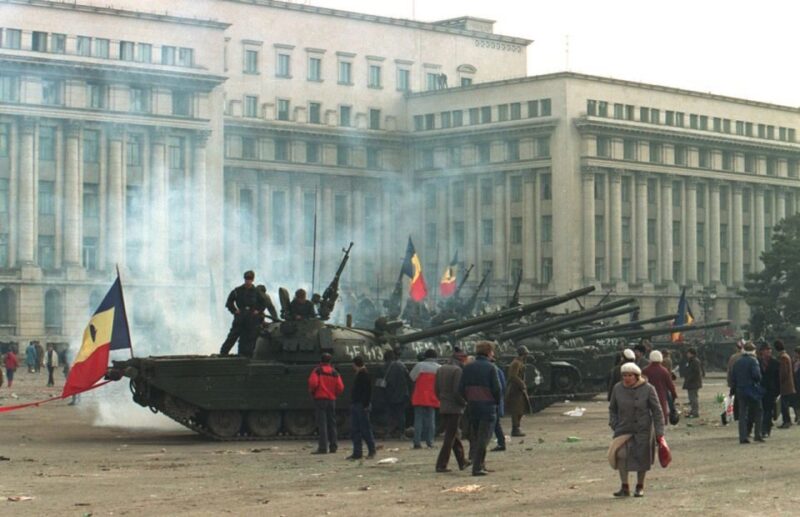
- The tour lasts three hours, focusing on communist history and heritage in Bucharest.
- Key sites include the Patriarchal Cathedral, Palace of the Parliament, and Revolution Square.
- Participants learn about daily life under communism and the impact of the Secret Police.
- The tour features a 15-minute break at a local café for refreshments.
- High customer satisfaction with a 4.9 out of 5 rating, highlighting knowledgeable guides and engaging experiences.
Overview of the Tour

Visitors to Bucharest often embark on this fascinating three-hour guided walking tour that dives deep into the city’s communist history and rich heritage.
This tour kicks off at the stunning Patriarchal Cathedral, setting the tone for an eye-opening experience. As participants stroll through the streets, they’ll uncover the everyday struggles of life under communism, learning about the notorious Secret Police and the destruction of the city during peacetime.
The knowledgeable guides share gripping stories of the 1989 Revolution, offering insights into the dramatic shift to democracy. With around 15 significant sites on the list, including a 15-minute break at a local café, this tour balances education and relaxation, making it a must-do for history buffs and curious travelers alike.
You can also read our reviews of more walking tours in Bucharest
Key Sites on the Itinerary
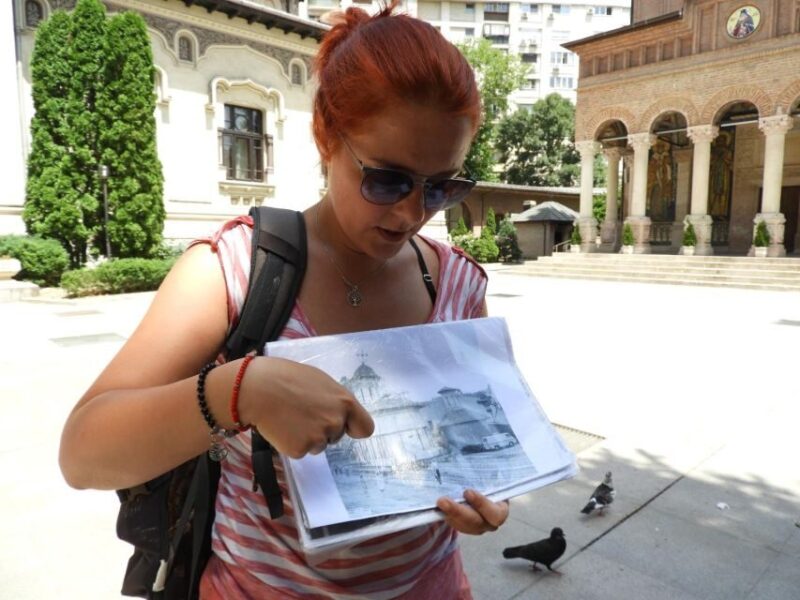
This walking tour takes participants to some of Bucharest’s most significant historical sites, each with its unique story to tell.
Kick off at the iconic Patriarchal Cathedral before heading to the imposing Palace of the Parliament, where they’ll learn about its massive scale and controversial history.
Then, it’s onto Antim Monastery, a hidden gem showcasing beautiful architecture.
Strolling down Calea Victoriei Boulevard, they’ll soak in the city’s charm and glance at Revolution Square, the emotional heart of 1989’s protests.
A 15-minute break at a local café offers a chance to recharge and reflect.
With around 15 key stops, this tour promises to weave together threads of Bucharest’s past, making history come alive in an unforgettable way.
Historical Context of Communism
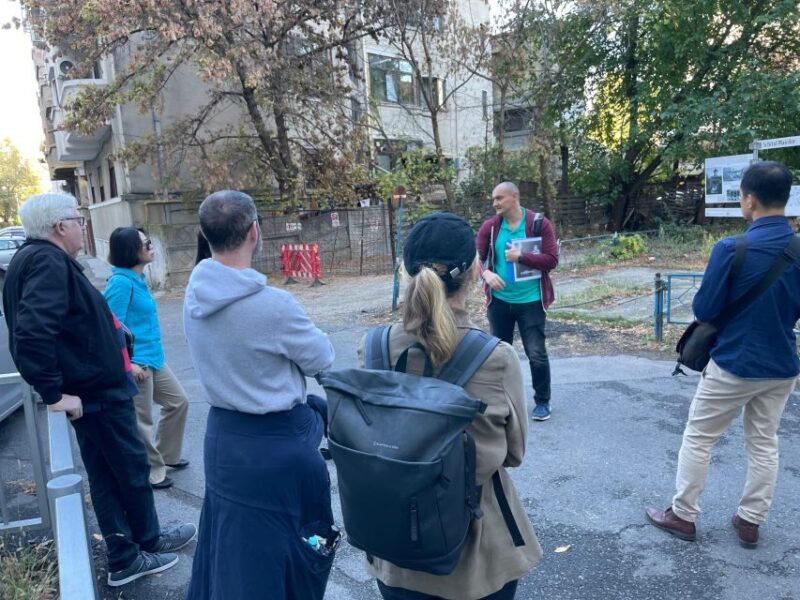
As Bucharest emerged from World War II, the shadow of Communism began to loom large, fundamentally altering everyday life for its citizens.
The city found itself under the control of the Soviet Union, leading to dramatic shifts in governance, economy, and society. With the hotel of a one-party state, political dissent was quashed, and the Secret Police became a constant presence, instilling fear among the population.
Meanwhile, massive urban projects, like the Palace of the Parliament, were undertaken, symbolizing the regime’s ambition. The destruction of historical neighborhoods to make way for these grand structures also sparked resentment.
Ultimately, the 1989 revolution marked a turning point, as citizens rose against oppression, paving the way for a new democratic era.
Insights Into Daily Life
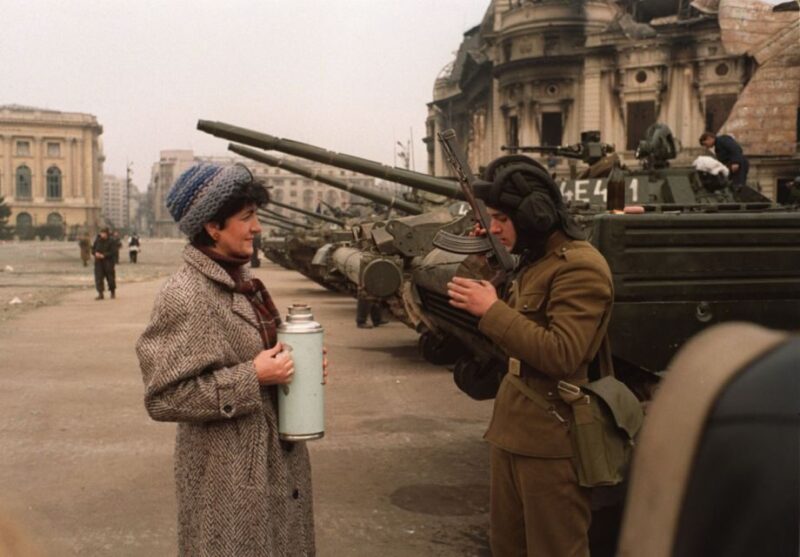
How did everyday life change for Bucharest’s citizens during the Communist regime? Daily existence became a balancing act of scarcity and resilience. Rationing meant long lines for basic goods like bread and milk, while folks learned to make do with what they had.
The government controlled nearly every aspect of life, from careers to housing, often assigning jobs and restricting movement. Many found solace in community gatherings, sharing stories and laughter despite the struggles.
Creativity flourished as people adapted, turning their homes into makeshift markets or crafting goods to trade. Even in oppressive times, Bucharest’s citizens displayed a remarkable spirit, navigating the challenges with humor and tenacity, proving that even under Communism, life had its moments of joy and connection.
More Great Tours NearbyThe Impact of Secret Police
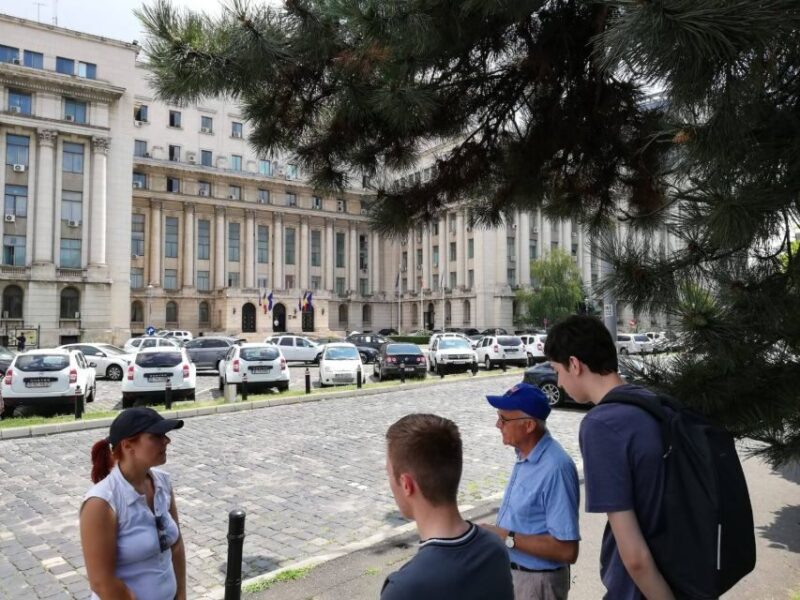
Operating in the shadows, the Secret Police in Romania wielded immense power during the Communist regime, instilling fear and paranoia among the populace.
They were the eyes and ears of the government, monitoring citizens, and rooting out dissent. Friends, family, and neighbors often turned against each other, creating an atmosphere of mistrust.
The Secret Police’s tactics included surveillance, intimidation, and even torture, making it nearly impossible for anyone to speak out against the regime. This constant threat affected everyday life—people learned to censor their thoughts and words.
Ultimately, the Secret Police didn’t just enforce the state’s will; they shaped a society where fear reigned, leaving scars that would take years to heal long after the regime fell.
You can also read our reviews of more guided tours in Bucharest
- Bucharest to Dracula Castle, Peles Castle and Brasov Guided Tour
- Guided Tour to Dracula Castle, Peles Castle and Brasov
- Palace of Parliament in Bucharest – Fast-Track Tickets and Guide
- Black Sea and ConstanțA City Guided Tour, From Bucharest
- Bucharest: 6-Day Central Balkans Guided Tour to Istanbul
- Bucharest: City Highlights Guided Private Tour 4h
The 1989 Revolution Explained
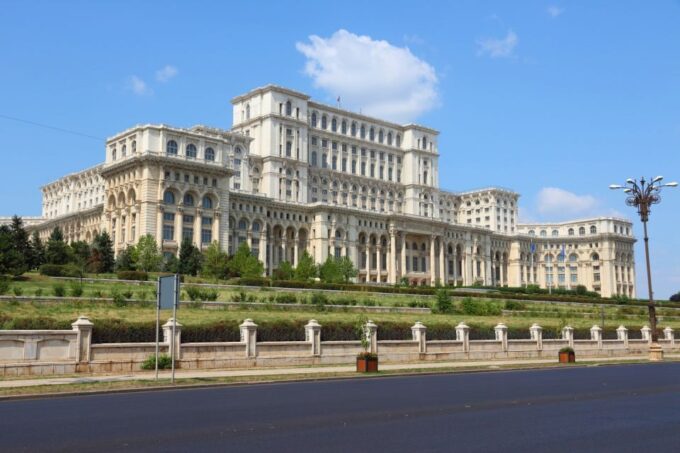
The 1989 Revolution marked a pivotal moment in Romania’s history, igniting a wave of change that would reshape the nation. Driven by widespread discontent, the Romanian people rose against Nicolae Ceaușescu’s oppressive regime, culminating in dramatic protests and brutal confrontations.
This revolution wasn’t just about overthrowing a dictator; it symbolized a collective yearning for freedom and democracy.
Here are three key aspects of the 1989 Revolution:
-
Mass Protests: Crowds gathered in cities, demanding an end to the regime.
-
Ceaușescu’s Downfall: The dictator was captured and executed, marking a definitive end to his rule.
-
Transition to Democracy: The revolution led to new democratic structures, paving the way for Romania’s future.
This momentous event forever changed the course of Romanian history.
Participant Guidelines and Recommendations
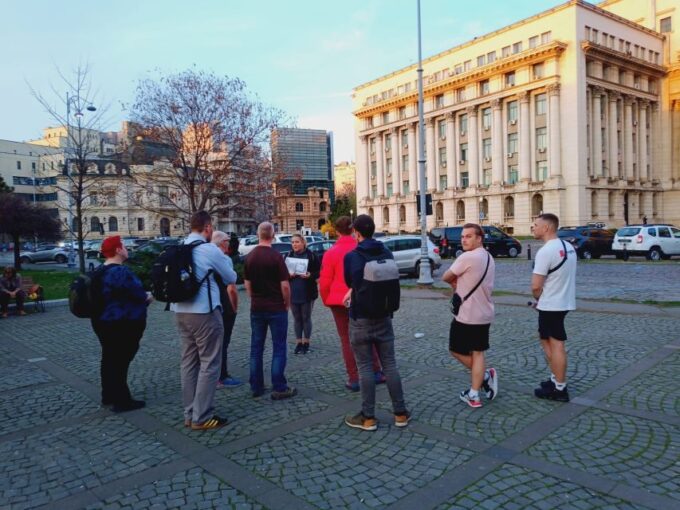
For anyone gearing up to join the Bucharest City Walking Tour, there are a few handy guidelines and recommendations to keep in mind. First, it’s essential to wear comfortable shoes since you’ll be on your feet for three hours. Also, don’t forget to bring a water bottle to stay hydrated!
Here’s a quick rundown of what to expect:
| What to Bring | What to Avoid |
|---|---|
| Comfortable shoes | High heels or sandals |
| Water bottle | Large backpacks |
| Light jacket (if chilly) | Heavy coats |
Customer Experiences and Ratings
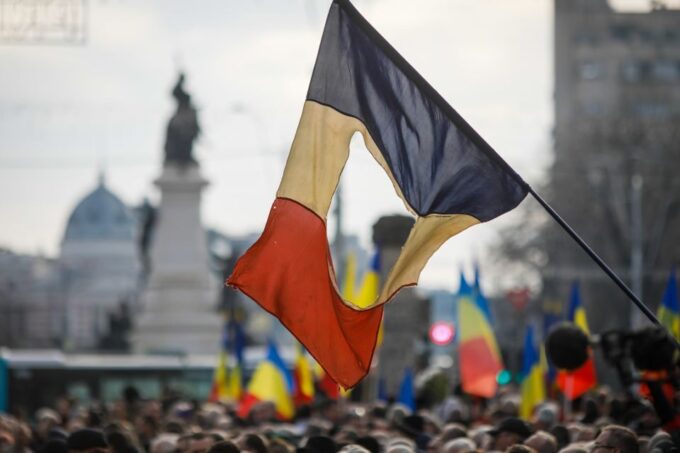
Participants rave about their experiences on the Bucharest City Walking Tour, highlighting the guides’ impressive historical knowledge and engaging storytelling.
With an overall rating of 4.9 out of 5 from 462 reviews, it’s clear this tour leaves a mark.
Here are some standout features that travelers appreciate:
-
Guide Expertise: Participants love how the guides share fascinating insights about everyday life under Communism.
-
Interactive Learning: The limited group size fosters a more personal and engaging atmosphere for discussions.
-
Rich Historical Context: Attendees enjoy exploring significant sites while unraveling the complex history of Bucharest.
Frequently Asked Questions
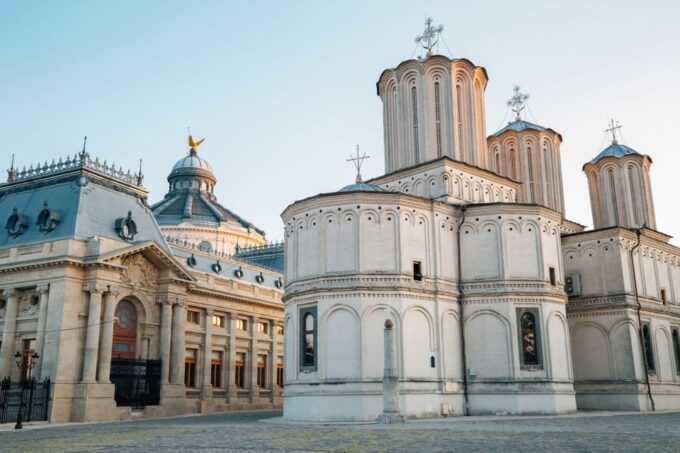
Is the Tour Suitable for Children or Families?
The tour’s not specifically designed for kids or families, but families with older children might enjoy it. It’s packed with historical insights that could spark interesting conversations, though younger kids might find it a bit intense.
What Should I Bring With Me on the Tour?
When heading out for the tour, he should bring comfortable shoes, a water bottle, and a camera. Sunscreen and a light jacket might come in handy too. Staying prepared makes the experience even better!
Can I Take Photos During the Tour?
Yes, participants can take photos during the tour. They’re encouraged to capture moments and memories, but should be mindful of any restrictions at specific sites. It’s all about enjoying the experience while respecting the surroundings!
Are There Restroom Facilities Available During the Tour?
During the tour, participants won’t find dedicated restroom facilities. However, there’s a 15-minute break at a local café, where they can use the restrooms and grab a snack if they like.
What Languages Are Available for the Tour?
The tour’s available languages include English, Spanish, and French. Participants appreciate this variety, as it helps everyone connect better with the rich history. It’s all about making the experience enjoyable and memorable for everyone involved!
The Sum Up
In a nutshell, the Bucharest: Communism and History Guided City Walking Tour is a must-do for anyone curious about Romania’s past. With captivating sites and engaging stories, participants walk away with a deeper understanding of life under communism and the incredible changes that followed. Whether you’re a history buff or just looking for an interesting way to explore the city, this tour offers a unique glimpse into a pivotal era in Romania’s history. Don’t miss out!
You can check availability for your dates here:More Walking Tours in Bucharest
More Tours in Bucharest
- Bucharest: Tour of Christmas traditions & decorations
- Private tour to Transfgran – Top Gear Road
- Bears and Dracula Private Full-Day Tour from Bucharest
- Full-Day Private Tour of Bucharest and Mogosoaia Palace
- Tuk Tuk Best of Bucharest Tour – SpecTukular!
- Private Movie Castles at Peles, Cantacuzino and Bran Castle Tour
More Tour Reviews in Bucharest
- Bucharest: Tour of Christmas traditions & decorations
- Private tour to Transfgran – Top Gear Road
- Private One-way Transfer Bucharest Airport to Hotel or vice versa
- Bears and Dracula Private Full-Day Tour from Bucharest
- Full-Day Private Tour of Bucharest and Mogosoaia Palace
- Salt Mine, Lunch at Wine Cellar and Dracula’ s Tomb – Small group
Not for you? Here's more nearby things to do in Bucharest we have reviewed
- Bucharest: Tour of Christmas traditions & decorations
- Private tour to Transfgran – Top Gear Road
- Private One-way Transfer Bucharest Airport to Hotel or vice versa
- Bears and Dracula Private Full-Day Tour from Bucharest
- Full-Day Private Tour of Bucharest and Mogosoaia Palace
- Salt Mine, Lunch at Wine Cellar and Dracula’ s Tomb – Small group
- Tuk Tuk Best of Bucharest Tour – SpecTukular!
- Private Movie Castles at Peles, Cantacuzino and Bran Castle Tour
- Bulgaria – Ivanovo Rock-Hewn, Hiking at Hotnitsa & Veliko Tarnovo
- Bear Watching in Transylvania 2-Day Tour
- Wine Tasting in Bucharest long version
- Bucharest Otopeni Airport private departure transfer (Hotel to Airport)
